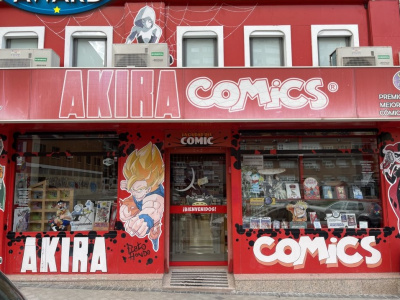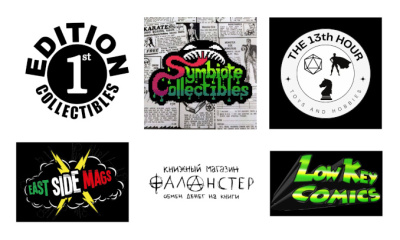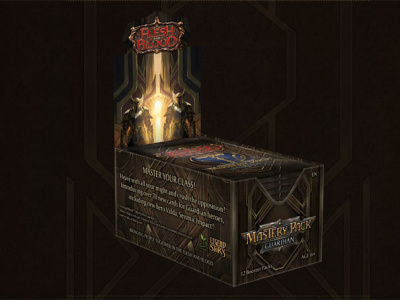How did you approach turning this vertical-scroll comic into a print book? Did it ever occur to you to use the standard format?
Kirk Benshoff: Ultimately the adaptation from webtoon to print was handled by the author Mike Grover himself. We had initially intended to publish the book in the traditional left to right read order. But the Deeply Dave story and Mike Grover's attention to detail called out for something special. So setting up the book so a reader had to get through the story vertically seemed like a perfect fit. Watching our hero plunge into the depths of the book… by literally reading down instead of the right felt like a detail that reinforced the whole story experience. A novelty that really pulled the entire package together.
I have been delving into the world of vertical scroll conversions for a while and it is SO interesting and eye opening. It’s a common misconception that vertical scroll comics immediately translate to the print format. In fact, the “reformatting” process from vertical scroll to print is quite intense. I would go as far as to say the adaptation into print is an artform in of itself! A lot of the lettering, framing, pacing and compositional decisions are a completely different technique in the vertical scroll format than it is in print. So the reformatting process will require rethinking many elements that make a comic a comic, i.e what content goes on a page, the pacing page to page, introducing page turns, paneling, the paneling’s read order, relettering the entire comic to work in the printed page format, etc.
Another challenge is that the art created in the vertical scroll format is used differently than in physical page turn comics, since thumbing down a scroll comic is much faster and seamless vs physically turning pages and using those page turns to your advantage in the beats of a story. The result is the reformatter* or artist will need to modify the art in order to use it very differently and more effectively in the print format. This can include cropping into the art for a panel or the opposite, extending the art so it’s full bleed on the printed page.
The adaptations themselves can either lean more into preserving the vertical scroll experience with little adjustments to the art all the way to the opposite end of the spectrum where the art is chopped up and reset on the page in order to lean in on the page turn experience, with room to sit in between these two extremes. The biggest takeaway is there are a ton of decisions to be made when doing this work.
For Deeply Dave, since Mike was doing his own adaptation into the print format and has such a specific vision for Deeply Dave, he was able to take moments in the story to frame out in order to best fit into the print format, while in other moments in the story he retained the vertical scroll experience utilizing the long vertical page spreads in our edition.
*It’s worth noting that there are “reformatters” who are artists that strictly do vertical scroll to print conversions and will handle all of these decisions to make a vertical scroll comic print ready.
How do you shelve this book – spine up or spine out?
Spines have always, and will always be a design challenge. Because once any book moves from being face out on a display onto a shelf spine out, that spine has a HUGE job to draw attention to itself. One unexpected outcome of the vertical read direction is that when Deeply Dave is shelved spine out, the book will stick out from the rest of the books that are a shorter width. So we inadvertently created a way for the book to stand out amongst a sea of titles. I just love the idea of seeing the spine out, jutting beyond the other books calling out to young readers to pick it up!
Looking at the finished product, what do you think makes it work?
This is all Mike Grover and the designer Steve Ponzo. It was a culmination of their attention to the small details: the art, where the art will sit, layout, typography, flow of the content, etc. The book is an experience from the moment you roll it around in your hand, see the end papers, open up the first page, and flip through the pages of the story creating a true immersive experience!
Every little detail of this book was thought out, so when you encounter this book in every way in its vertical format. Everything just…. Works. And it’s a treat to see how well it came together.
What special advice do you have for retailers with regard to displaying or hand-selling this book?
At the heart of Deeply Dave is an incredible story, super fun artwork, and a comic that is just a blast to read. If the story had been serialized in a newspaper, it would still be awesome! But going back to my earlier note about being immersive, this is a book that a young reader can sit and enjoy all of the little decisions. For those familiar with Mike’s webcomic, Mike brought a level of immersion to that format which pulls the reader in and surrounds them with his storytelling. The same was done in the book. So for parents looking for something fun and engaging while also incentivizing kids to get less screen time, Deeply Dave is a wonderful choice! For any kid who is looking for a fun and funny read that gets better every time you get through it, Deeply Dave is a wonderful choice!
Vertical-scroll comics are popular right now and a lot of them are making it into print. Do you think you will do more like this? Will this format become the standard?
Will we see more vertical scroll comics making their way into print? Absolutely! Will this become a standard? No. Vertical scroll comics are an entirely different set of cards than print, and the format exercises very different muscles than print. Both serve very different purposes and hit two very different markets. That being said, publishers will love being able to see the metrics behind webcomic projects. The ones that are good contenders to be successful in physical space will continue to be published.
One dynamic that I think will play out, since creators are publishing their own content with their own set of rules: They can go out on a limb and put out any kind of story/content that they want without any restrictions. The creator isn’t beholden to a P&L [profit and loss statement]. So if a creator takes a baton and runs, they can take whatever risk they want…. and for the projects that stick, there’s a greater chance it’ll get picked up by a publisher. So I have a feeling the vertical scroll format will be a catalyst for more risk taking and boundary pushing publishing.
Click Gallery below for samples!
Click here for more great Webtoon Week coverage!
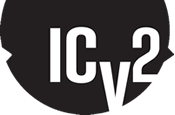


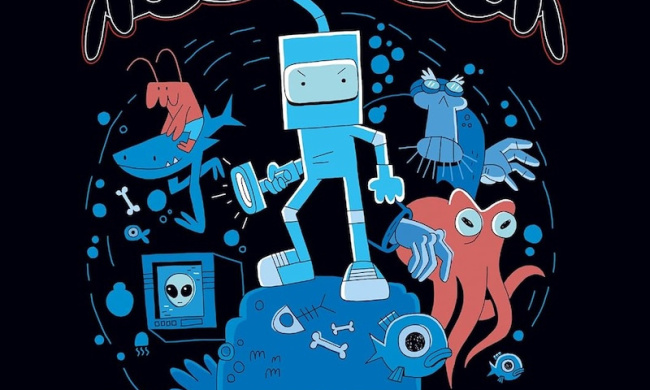
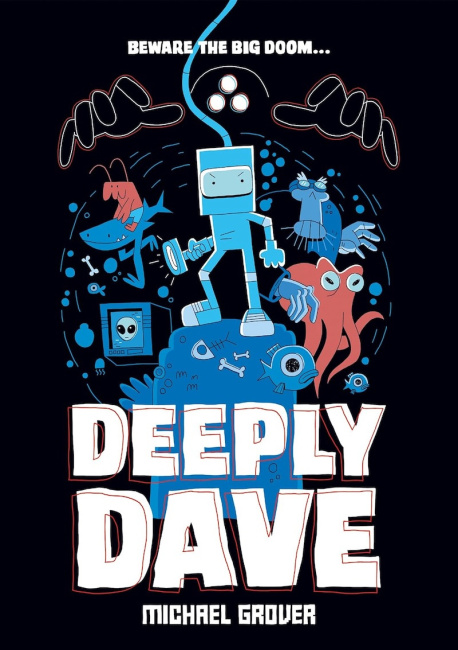
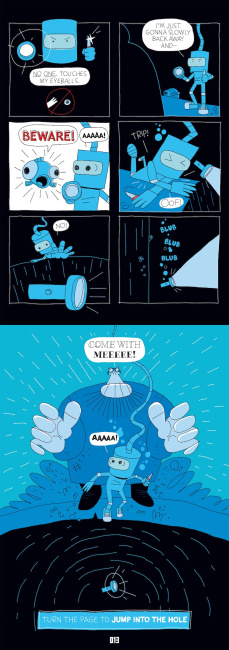
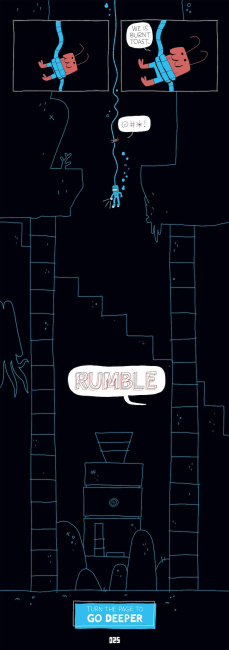
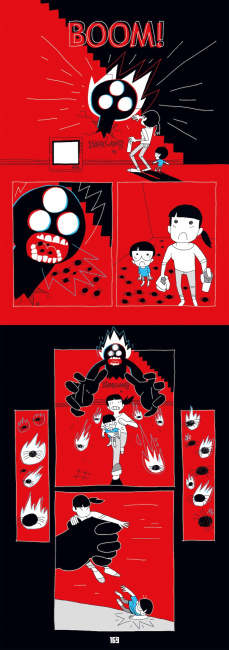
 View Gallery: 3 Images
View Gallery: 3 Images 
